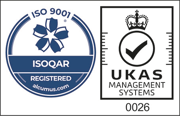Can the equipment design help to increase the surface area to volume ratio (SA/V) in the extruded material (extrudate)?
Caleva offers a range of dies that have the standard round holes in different diameters. The extruder attachment on the Caleva Multi Lab (CML) has compatible dies with die hole diameters ranging from 0.5 mm to 3.0 mm. Die holes larger that this are available, but require the larger bench top machine called the Variable Density Extruder™ (VDE), or the larger still production machine called the Variable Density Twin Screw Extruder (VD-TSE)™.
In addition to the standard dies, Caleva offers a range of dies with clover-leaf shaped holes including trilobe and quadrilobe holes. Trilobe and quadrilobe dies increase the surface area to volume ratio (SA/V) as shown in the table below (the figures in the table assume an infinitely long strand of extrudate).

By comparing the geometric sizes of the extrudate produced the graph below shows that there is minimal difference in the surface area to volume ratio (SA/V) between the trilobe and the quadrilobe dies, however both increase the SA/V ratio by about 30% when compared to the standard round die holes.
This is a significant increase and whilst empirically this would be expected to increase effectiveness for any surface activity, confirmation would require additional study on a product by product, and application by application basis.
The increase in surface area to volume ratio (SA/V) of material produced using different die designs
By comparing the geometric sizes of the extrudate produced the graph below shows that there is little difference in the surface area to volume ratio between the trilobe and the quadrilobe die but that both increase the SA/V ratio by about 30%.

Figure 1 - The increase in surface area to volume ratio (SA/V) of material produced using different die designs with the Caleva CML extruder.
Using the trilobe or quadrilobe hole dies offers an increase in SA/V of around 30%.
If you would like to know more about the different die options, please contact our team who will be happy to discuss this with you.



Leave A Comment